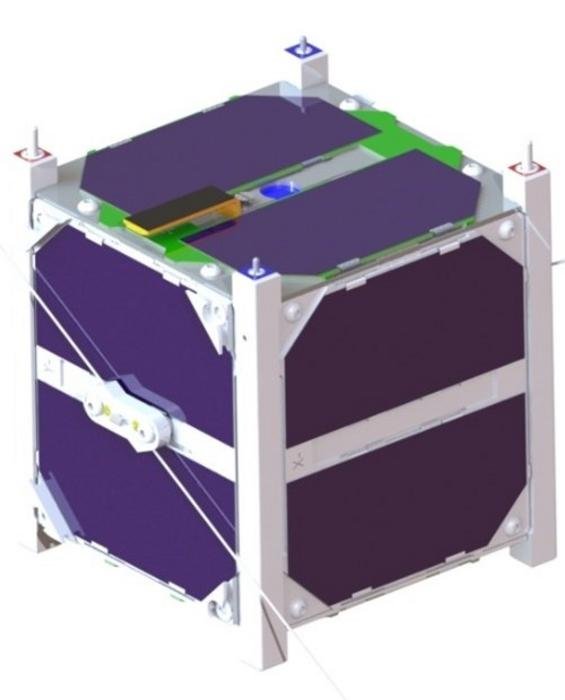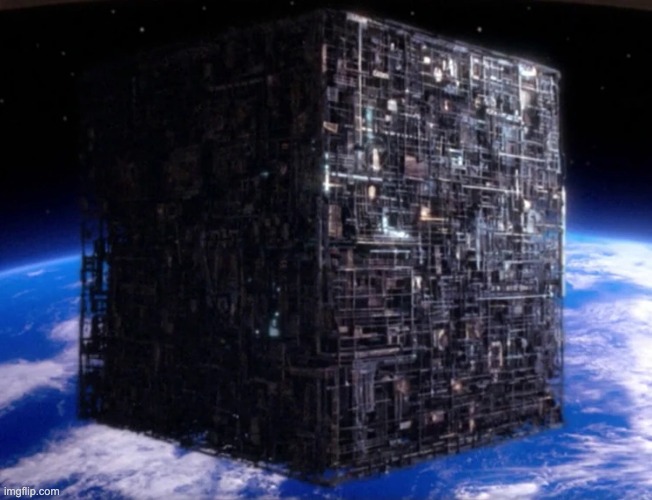
Posted on 06/19/2024 5:32:14 AM PDT by Red Badger
The Luxembourg Institute of Science and Technology (LIST) has announced the successful launch of their pioneering nanosatellite experiment program, designed to demonstrate a new type of energy harvesting in space.
Weighing in at 1.2 kilograms (2.5 lbs) and expected to be built completely in-house, the custom-made CubeSat will evaluate the effectiveness of an advanced form of energy harvesting method that relies on thermal variances experienced by the satellite during orbit.
“The scientific goals of the CubeSat project revolve around demonstrating the technology of an energy harvesting system,” said Olivier Bouton, the LIST team’s project manager, in a press release announcing the satellite’s successful launch.
If successful, the team believes their energy harvesting system could offer a whole new option for governments and companies looking for innovative methods for powering spacecraft using only the energy produced by the sun.
NOVEL ENERGY HARVESTING SYSTEM COULD REPLACE FRAGILE SOLAR PANELS
Today, nearly all satellites are powered by solar panels, which collect the sun’s radiated light energy and convert it into usable electricity. Other satellites, including those equipped with propulsion systems, also use traditional fuels to power their spacecraft. Still, those systems also typically utilize solar panels to capture electricity for their non-propulsion systems.
Unfortunately, solar panels are extremely fragile and wear out over time. They are also subject to damage from micro meteors, dust, and other particles hanging out in Earth’s orbit. The situation has left mission planners and satellite designers looking for alternative ways to power their spacecraft without having to include liquid or solid fuels. This is particularly crucial given the cost of every extra ounce of fuel typically adds to a spacecraft’s launch.
Now, LIST says their newly launched nanosatellite initiative will test a whole new method of energy harvesting, which requires no additional fuels or solar panels to operate.
INNOVATION TAKES ADVANTAGE OF THERMAL VARIANCES IN SPACE
According to the researchers behind this new energy harvesting innovation, their system works by taking advantage of temperature differences the spacecraft experiences during orbit. For example, a satellite circling the Earth will experience a significant increase in heat when exposed to the sun but will also cool rapidly in the vacuum of space when the sunlight is obscured. The experiment aboard the LIST satellite will be designed to take advantage of these changes to power the satellite’s electrical systems.
“The satellite will harvest energy from temperature cycles induced by its orbit,” Bouton explained. “We will leverage this temperature modulation to harvest energy.”

energy harvesting
Representation of the Luxembourg Institute of Science and Technology’s energy harvesting CubeSat. Image Credit: LIST
To accomplish this task, the energy harvester is equipped with pyroelectric materials. A type of crystal, pyroelectric materials are naturally electrically polarized, meaning they can create their own electrical fields. When these materials are heated and cooled, they can produce electrical charges that can be captured and converted into usable electricity.
In the project’s initial designs, the satellite will also be covered in what the research team describes as “Super Black Coating.” This material, they explain, turns the satellite’s skin into a “super blackbody” that absorbs and emits thermal energy in a highly efficient manner. If their innovative energy harvesting system hopes to perform as well as the team believes it can, they say that covering the satellite in this material will give their pyroelectric materials the widest possible range of temperature fluctuations.
Finally, the LIST team equipped the energy-harvesting satellite with a set of customized thermal gauges. Printed on an inkjet printer, these sensors will be strategically placed throughout the satellite to monitor the experiment’s condition and performance.
CUBESAT PROGRAM FIRST OF MANY AMBITIOUS REAL-SCALE DEMONSTRATIONS
While LIST has a wide range of programs in development, this energy-harvesting technology appears to have the entire team celebrating its possibilities. That’s because the technology being tested aboard the satellite has received the prestigious European Research Council (ERC) Advanced Grant. Winning such a prestigious grant allowed the researchers to expand the scope of the project to include experts across a number of varying fields.
“This project brings together complementary expertise and skills of different teams within the department of Materials (MRT) of LIST,” explained Jérôme Polesel, Technology and Innovation Manager at LIST and the scientific coordinator of the project. “It is the first time that such energy harvesting technology will be implemented in a satellite, aiming to synergize our different know-hows.”
“This flagship project is truly a big source of motivation for our technical staff,” he added.
Although no date has been set for the completion and eventual launch of this novel energy harvesting system, the researchers at LIST’s materials department say this project represents a larger overall vision and direction for their team, including demonstrating a series of ambitious, technologically advanced projects.
“As one of the first scientific Luxembourgish nanosatellites, the initiative aligns perfectly with the materials department’s strategic initiative’s “Flagship demos” objective,” Polesel explained, “which focuses on highly ambitious real-scale demonstrations of advanced end-products.”
Christopher Plain is a Science Fiction and Fantasy novelist and Head Science Writer at The Debrief. Follow and connect with him on X, learn about his books at plainfiction.com, or email him directly at christopher@thedebrief.org.
Ping!................
Harvesting...like corn?
Ballots....................

Resistance is futile... ;)
Make moonshine!
... b ... o ... o ... n ... d ... o ... g ... g ... l ... e ...
It’s their money.................
Sounds interesting...
Can imagine astronauts, moonies, and Mars occupants wearing suits entirely coated with these materials and coated in black...
Signs posted on all planetary bodies saying: BBM...
Try a Sterling engine in space.
Disclaimer: Opinions posted on Free Republic are those of the individual posters and do not necessarily represent the opinion of Free Republic or its management. All materials posted herein are protected by copyright law and the exemption for fair use of copyrighted works.